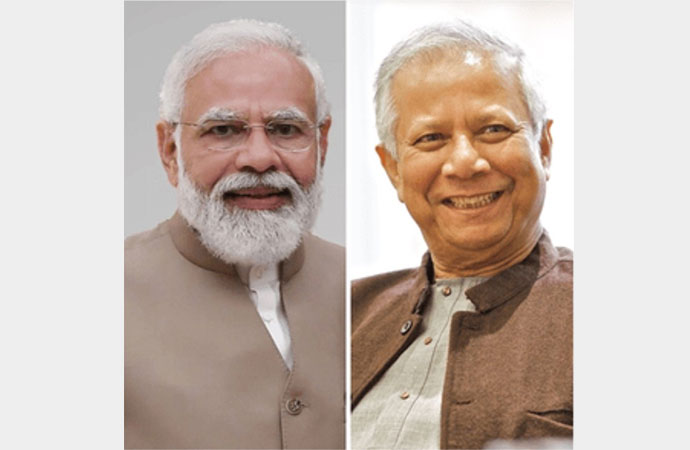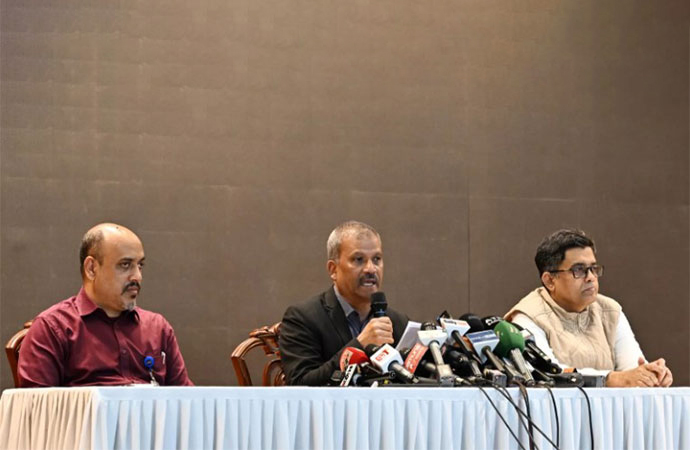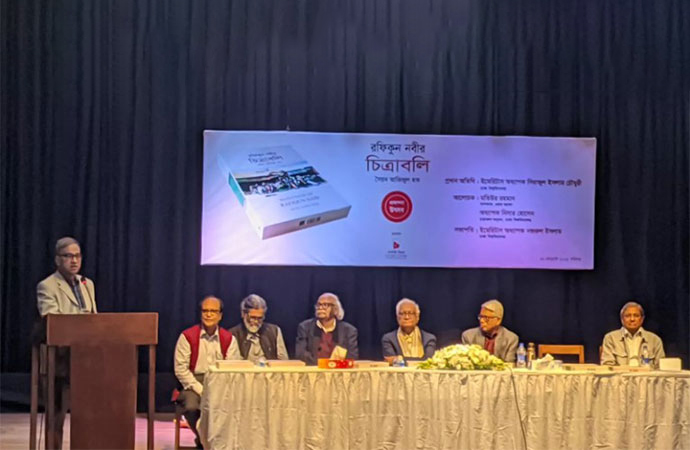Essays

World Youth Report: Youth and the 2030 Agenda for Sustainable Development, Published by the United Nations, 2018, Pages: 252, ISBN (PDF): 978-92-1-363256-7
Over the next few years, the world will ever have the largest youth population. And these young people will be the main driving force for sustainable development of their community. Hence, it is crucial to empower them with the skills and opportunities needed to reach their full potential. Engaging young people in development programs has a very positive impact on their personal development as well as their ability to connect with more marginalized people in their community. In 2015, with the aim of "transforming our world", countries adopted the 2030 Agenda for Sustainable Development and its 17 Sustainable Development Goals (SDGs). If countries are to succeed in achieving the SDGs, priorities should be given to the engagement of young people in national-level planning, implementation, and monitoring of SDGs. Governments that recognize the value of collaborating with young people as partners and establish clear and explicit pathways for their meaningful participation will obviously be much better positioned to achieve the 17 SDGs and related targets.
The latest UN World Youth Report on "Youth and the 2030 Agenda for Sustainable Development" examines the mutually supportive roles of the new agenda for SDGs and current youth development efforts. It provides insight into the role of young people in sustainable development in the context of the implementation of the 2030 Agenda for Sustainable Development and related frameworks, in particular, the Addis Ababa Action Agenda of the 3rd International Conference on Financing for Development and the World Programme of Action for Youth. The report considers the role the 2030 Agenda can play in enhancing youth development efforts and examines how evidence-based youth policies advance youth-related objectives. While all the SDGs are critical to youth development, this publication mainly focuses on the areas of education and employment, underlining the realization of targets under these Goals as fundamental to overall youth development. Issues related to other Goals, i.e. including gender equality, good health, reducing inequality, combating poverty and hunger, and action on environmental issues and climate change, are also addressed briefly within the scope of the report.
The report consists of six chapters. The first chapter provides an overview of global trends of youth population and their implications, the role of youth in relation to the 2030 Agenda for Sustainable Development, and how youth are referenced in the 2030 Agenda and the Addis Ababa Action Agenda. The size of the youth population matters greatly in the context of sustainable development since they serve as determining factors in the growth of the labour force and pressures on the economy in terms of job creation. Data presented in this chapter show that while the population of young people is growing overall, the age structure of the population and the relative size of the youth population vary widely. In developed countries, where fertility rates have declined for decades, youth make up a relatively small share of the total population, while the share of persons over age 60 is on the rise. In contrast, youth in sub-Saharan Africa comprise nearly 20 per cent of the total population, and this share is expected to remain stable over the next 20 years. Harnessing the potential of these young people is largely dependent on their health and well-being, guaranteeing a quality education and the freedom to participate, providing decent work opportunities, and addressing the myriad other challenges young people often face.
Chapter -2 explores the area of youth education, outlining opportunities and challenges for young people and policymakers. The chapter details aspects of the SDGs that pertain to education-with particular emphasis on Goal-4 (quality education)-and examines related targets. This chapter also explores the multidimensional issues surrounding education and how they impact youth, with special attention given to disparities in education; the rights-based approach to education; education challenges for girls, youth with disabilities, migrant youth and youth affected by conflict; entrepreneurship education; and financing education. The next chapter sheds light on the area of youth employment, highlighting development challenges and opportunities for young people and policymakers. The chapter mainly focuses on aspects of the Sustainable Development Goals pertaining to employment, looking specifically at Goal-8 (decent work and economic growth), and examines the relevant targets. This chapter also explores global and regional trends and priorities such as underemployment, formal versus informal work, entrepreneurship, and disguised employment; it further considers employment challenges specific to youth living in poverty, youth with disabilities, young women, youth in conflict and post-conflict settings, and young migrants.
The fourth chapter explores the nexus between the youth education and employment issues addressed in the previous two chapters (2 and 3). It specifically examines those areas in the context of the transition from school to work, providing a set of case studies on skills development targeting marginalized and vulnerable youth. It also explores the human development approach to youth education and employment. Chapter-5 draws our attention towards the key elements of youth policies and their role in advancing youth development objectives in the context of the 2030 Agenda for SDGs. Special emphasis is given to the importance of accurate, timely and high-quality age-disaggregated data for the development of evidence-based youth policy-making. The chapter considers how enhanced efforts to ensure the collection of such data, including data on marginalized and vulnerable youth, can be undertaken through statistical and data system capacity-building, public-private partnerships, and support for youth-led data collection and use.
The sixth chapter moves to the concrete aspects of implementing the 2030 Agenda, analyzing the critical role young people have and could play at the local and national levels. It sets out a series of principles to help guide such engagement, while highlighting, including through case studies, the many ways young people are contributing to the implementation and monitoring of the 2030 Agenda through engagement in awareness-raising, policymaking and data collection, as well as through participation in national and international review processes. While the international community has an essential role to play in providing overall leadership, bringing stakeholders together, channeling international financial support, and providing technical assistance, real solutions to the economic and social challenges facing the young people might begin and end at home. Governments should therefore support the youth initiatives and activities at the grassroots and national levels that contribute to the realization of the 2030 Agenda for SDGs.
The writer is an independent researcher. E-mail: smrayhanulislam@hotmail.com

























Leave a Comment
Recent Posts
Reflections on Press Freedom
Having been ensconced in the country’s media landscape in a vari ...
Rejuvenating EU ties in an era ...
Ernst B. Haas coined the theory of neo-functionalism to describe the E ...
Farmers Are Not Only Food Producers, They Are Also V ..
10-day 'Amar Ekushey Natyotsab 2025' kicks off at Su ..
How the tables were turned on Ukraine
The New Face of Protest